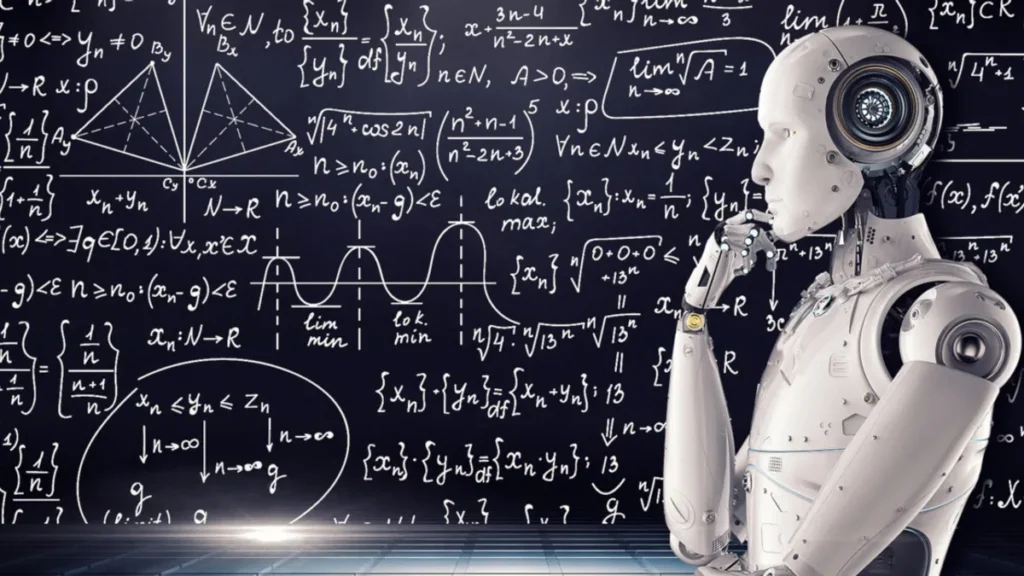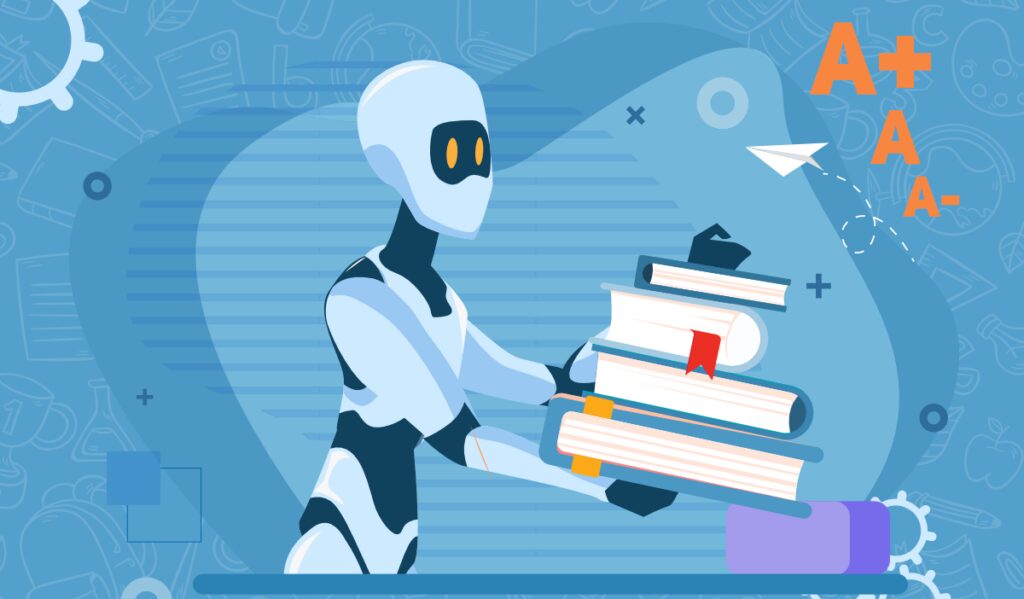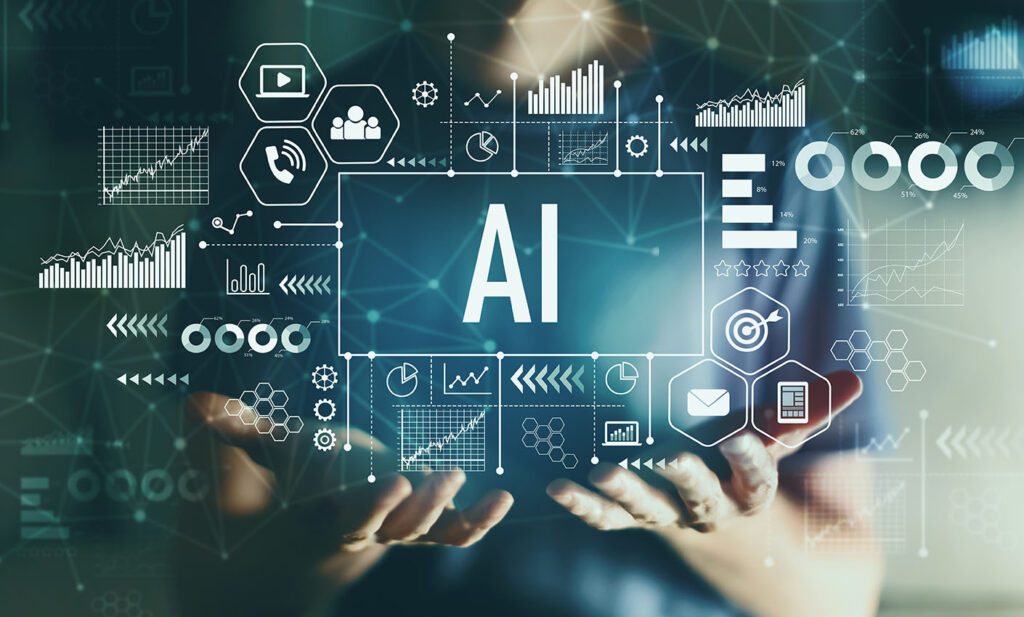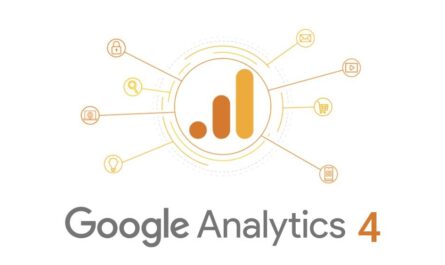The usage of technology in education has significantly increased during the last decade. Technology has given teachers and students new tools and resources to improve the learning process, including online classes and digital textbooks. Yet the use of artificial intelligence (AI) is fundamentally altering how we approach education.
AI can customize the educational process, enhancing its potency and student engagement. It can offer information about how well students are doing, aid teachers in identifying areas where students need more guidance, and even help with assignment marking. Education is becoming more productive and efficient with the aid of AI, as well as more accessible to students all around the world. This article will examine four applications of AI in education that enhance the learning experience, from individualized instruction to virtual classrooms.
Page Contents
1. Personalized Learning

AI is making personalized learning, an increasing trend in education, more efficient than ever. AI can generate individualized learning programs that are suited to each student’s needs by evaluating data on their learning habits. Students may thus study at their speed and with materials and tests that are appropriate for their skill levels. Students who get individualized instruction are more interested and motivated, which can improve their academic performance.
Moreover, students can receive real-time feedback from AI to help them pinpoint areas that require more attention. For instance, if a student is having trouble understanding a certain subject, AI may provide them with extra materials and support to help them understand the subject. This can assist students to stay on track with their academic objectives and keep them from falling behind.
2. Intelligent Tutoring Systems

Students are receiving individualized guidance thanks to a sort of AI technology called Intelligent Tutoring Systems (ITS). ITS analyzes each student’s writing using natural language processing and machine learning algorithms to determine their preferred learning method and deliver feedback that is appropriate for them. As a result, students get advice and assistance that is tailored to their particular strengths and shortcomings.
The ability of ITS to adjust to each student’s learning rate is one of its main advantages. If a student is having trouble grasping a subject, the ITS can offer more clarification and assistance until the student has a better comprehension. If a student is doing very well in a subject, the ITS might provide more difficult material to keep them interested and motivated.
Moreover, Intelligent Tutoring Systems (ITS) can monitor students’ academic progress and make adjustments to the curriculum as needed. For example, if a student is struggling with a particular topic, the ITS can provide additional resources and support to aid their comprehension. This can help students to stay on target with their academic goals and prevent them from falling behind. By utilizing ITS, students can receive tailored assistance that meets their specific needs, resulting in improved academic outcomes.
3. Automated Grading
Automated grading is an effective technique that gives students more consistent and objective feedback while also saving educators important time. Essays and other written projects may now be graded swiftly and accurately with the aid of AI. This technology is especially helpful in large classrooms with many students because grading may be a big hassle for teachers.
Natural language processing is used by AI-powered grading systems to assess writings and offer comments on the usage of grammar, spelling, and other writing rules. With this technology, educators may determine if a student has grasped the topic by highlighting major themes and concepts in the essay.
However, there are significant doubts regarding the precision of grading supported by AI, especially when it comes to measuring creativity and critical thinking. Yet research has shown that AI grading is typically just as trustworthy as human grading, and it can even deliver more reliable feedback.
4. Virtual Classrooms

The COVID-19 pandemic has pushed schools all over the world to adopt remote learning, and AI is essential to improving the effectiveness of virtual classrooms. Virtual assistants with AI capabilities can aid students and instructors in the present by responding to queries and offering advice. Both pupils who are doing well and those who might be having trouble understanding a certain idea might benefit from using this technology.
Moreover, virtual assistants can track student participation and give teachers feedback. For instance, the virtual assistant can let the teacher know if a student isn’t paying attention or having trouble, so the teacher can offer more help. This enables teachers to modify their pedagogical approaches as necessary, ensuring that pupils receive the assistance they require to succeed.
Artificial intelligence-powered virtual classrooms may potentially contribute to a more diverse learning environment. Students who struggle with the language of instruction, for instance, can benefit from AI-powered translation tools, which will enable them to engage more actively in class. AI may also be utilized to develop educational materials that are easier for students with impairments to access.
Conclusion

AI has the potential to revolutionize education in a variety of different ways in addition to automated grading and virtual classrooms. For instance, AI-powered personalized learning systems may support students in studying at their speed and concentrating on areas where they require more aid. To help instructors identify kids who could be in danger of falling behind and offer further support, AI can also be used to find trends in student data.
We may anticipate new tools and apps that will aid students in preparing for their future employment as AI continues to improve. For instance, pay stub maker software for student employees can assist students in grasping the fundamentals of payroll and tax deductions. Similarly to this, graduates may utilize AI to locate the best independent contractor jobs, assisting them in finding satisfying and lucrative professions.
Ultimately, AI has the power to transform education and better equip students for the workforce of the future. Yet, it’s crucial to make responsible use of this technology and make sure it’s applied to build a more inclusive and equal educational system. Together, educators and politicians can make sure that everyone benefits from AI and that kids have the information and skills they need to prosper in the twenty-first century.






